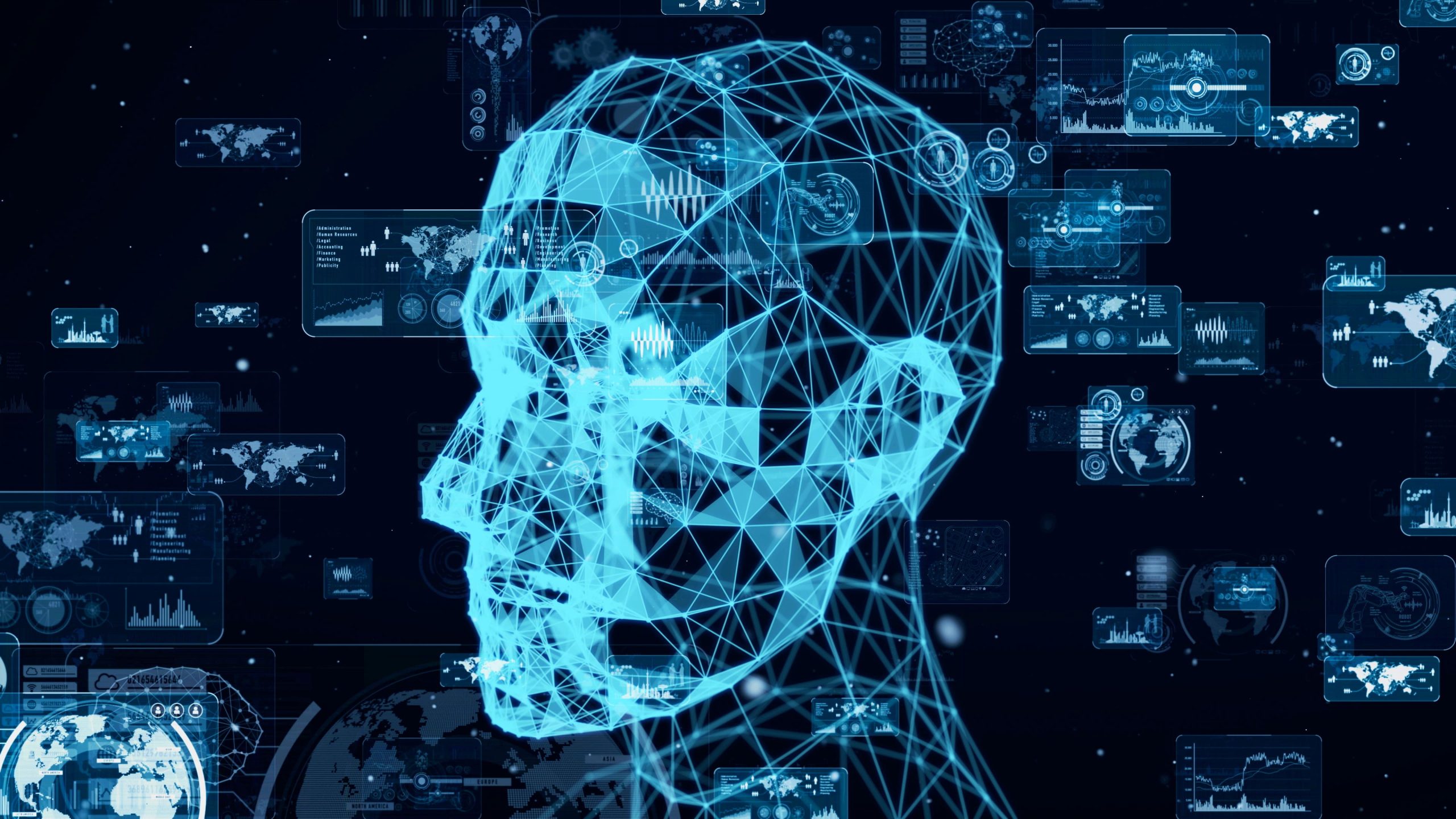
Session
for Student
Close
Introduction to Quantum Computing
Times:5 sessions
Format: On-demand
Presented:AIC
(1) Outline of the course
The purpose of this workshop is to give beginners a foothold in quantum computing, a coming technology, by explaining the basics of quantum mechanics. In the first half of the course, the concepts of quantum mechanics, how to express quantum states, and how quantum circuits work will be explained in as intuitive a manner as possible. The second half of the course will finally deal with quantum teleportation and quantum entanglement, which are examples of epoch-making applications of quantum computing, with the aim of promoting a realistic understanding of the construction of quantum circuits and requesting a realistic understanding of the ideas unique to quantum computing.
(2) Contents of each session
Session 1: Overview of quantum mechanics
In this lecture, the non-deterministic picture of quantum mechanics, which seems to go against human intuition, will first be explained in a form that is as easy to understand as possible by using concrete examples such as electron spin and Young’s experiments. Next, the representation of states based on the indeterminism of quantum mechanics will be explained, giving a foothold for how information can be represented using qubits. Finally, by doing exercises on the representation of quantum states, students will deepen their understanding of vector representation and Kett notation.
Session 2: What is a quantum bit?
First, we will briefly review how quantum states are represented using the representation of quantum information treated in the first session. Next, we will explain how information was represented in the classical bit and the corresponding physical mechanism. The qubit will be introduced in comparison with the classical bit, and the vector representation of multiple qubit states will also be explained. In order to further deepen the understanding of these topics, students will work on exercises related to the representation of quantum information.
Session 3: How to read quantum gates
First, we will review the qubits treated in the second lecture, touching on the Kett notation and vector notation. Based on this, we will explain about quantum gates that act on qubits, and confirm how to find the output of quantum gates for various inputs. Furthermore, based on this, we will mention that the time evolution of a quantum state is expressed using unitary matrices, and explain that the transformation of a qubit by a gate is equivalent to the product of a vector by a matrix. Here, we will also briefly touch on the properties of unitary matrices and other basic linear algebra topics necessary for quantum computation. We will also present concrete quantum circuits represented by unitary matrices, so that students can confirm how quantum circuits act on quantum states through simple exercises.
Session 4: The Fracture of Quantum Entanglement
The first half of the lecture systematically summarizes the superposition of quantum states, qubits, and quantum gates introduced up to this point. Next, the concept of “measurement” is introduced, and how quantum circuits extract the results of calculations is explained. Next, we give a theoretical explanation of quantum entanglement and Bell inequality breaking, which play an important role in quantum teleportation, the subject of lecture 5. Here, we will explain the counter-intuitive relationship between quantum entanglement and “measurement. Quantum entanglement will be introduced in a way that is consistent with the basic ideas of quantum computing covered in the previous lectures, and is also intended to encourage review of the contents of lectures 1, 2, and 3.
Session 5: Quantum Teleportation
In this lecture, we will explain quantum teleportation, which uses quantum entanglement to transfer information, as introduced in the third lecture. Before going into the explanation of some complicated computational steps, we will start by presenting the purpose of quantum teleportation in a simple manner. Next, the mathematical operations performed in quantum teleportation will be explained in detail by dividing them into several steps, and concrete quantum circuits for each step will be shown. Finally, as a summary of the workshop, the impact of the development of quantum computers on society and the issues that currently abound will be introduced.

